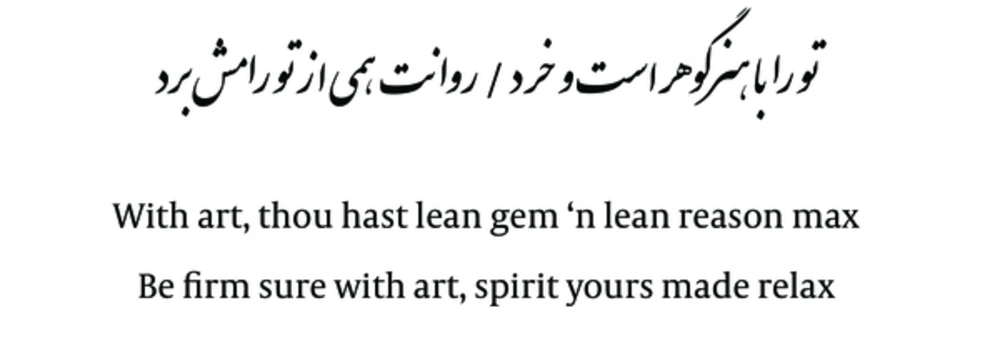Dear Editor,
Hermeneutic(s) is an emerging concept translated as interpretation. This concept was introduced and developed by phenomenologists like Martin Heidegger. Aesthetics is a branch of hermeneutics in which interpretation of art works, poetries, etc. are discussed (1). Thus neuroaesthetics is a bridge between humanities and medical sciences called medical anthropology (2).
Neuroaesthetics is an inter-disciplinary science discussing the brain-response to art and aesthetic stimuli and is a branch of cognitive neuroscience (3). Thus the authors try to introduce it briefly and show that mythology, aesthetics and hermeneutics are not pseudoscience; rather, such concepts are attributed to neuroanatomy and neurophysiology.
The origin of such approaches to mythology and art and its relationship with psychology and metaphysics seems to be at least the ancient Greece, the Aristotle and Plato era (4). Development of the concepts such as religion and the soul are expounded through mythology as Jung counts mythology as the only way to represent religion (5). Myths perform an important function in learning and perception of neuroscience as Freud staffed the myths such as Oedipus Rex to create mental modellings for his ideas (6). Also the right brain/left brain hypothesis is a myth that impacted on advances in neuroscience (7).
Neuroaesthetic perception of music and art (8) is attributed to mirror neurons (3). Also comprehension of music in mind is attributed to the mirror neurons from the cognitive point of view (3). Since autism in turn is related to impaired mirror neurons (8) and music therapy affects the children with autism, role of mirror neurons in musical comprehension proves (9).
Heidegger believes that the nature of art is the establishment of the infinity truth in prison of art works (10) and the nature of poetry is “stiftung der wahrheit” (foundation of the truth) (11). He believes that art works are not merely vision of their creators, but also they are more important as sources of aesthetic perception in viewers (12). According to the convection of Heidegger (13), bards like Goethe and Shakespeare are considered as celestial bards as the Iranians regard Roomi, Sa’di and Hafiz. The celestial bards are the poets introduced in the Holy Quran as the defenders of the meekness of human race. Most of the philosophers, sages and bards of Iran were aware of the impact of art on the psyche. The Iranian bard and sage, Ferdowsi has this verse of poem (Figure 1).
Unfortunately the findings of neuroaesthetics are just holistic and only a few studies such as the studies by Zeki explained the exact physiology and mechanism of such specific mental phenomena. For instance, these parts of brain seem to be associated with aesthetics (3, 14-16): Visual cortex 1 because of optic and visual perception, limbic structures because of emotional and reward pathways, prefrontal cortex because of color perception, orbito-frontal cortex because of its relation with beauty or obscenity judgement, and all parts of brain related to musical perception and mirror neurons.
In addition, further research is needed on the role of neurotransmitters as the chemical substances with a connecting role between the hardware and software of the nervous system. Since there is a correlation between neurotransmitters and reward pathways, it seems that aesthetic stimulatory items might be dopaminergic or serotonergic. It is suggested to perform multi-disciplinary original researches in future.
